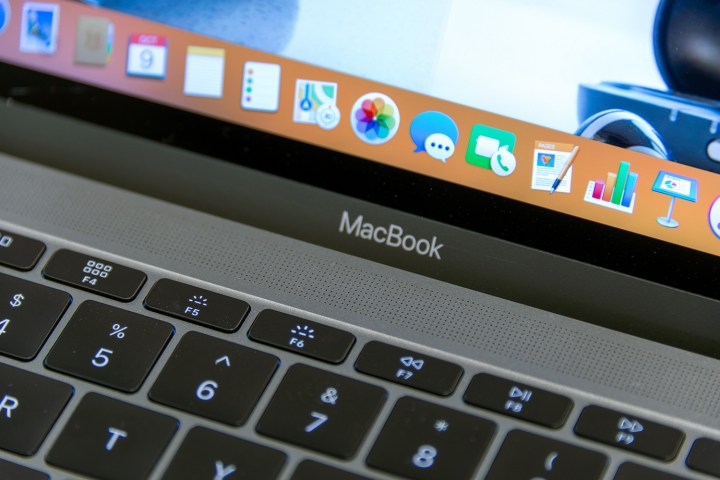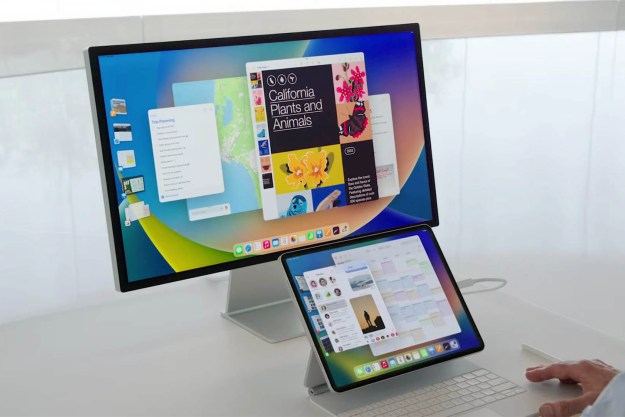
Even if Tim Cook and Apple’s top engineers believe that users may not want iOS and MacOS to merge, there are merits to combining the two operating systems. Apple’s Mac audience could gain some of the benefits from the iOS mobile platform, like LTE connectivity and touchscreen support, resulting in a more powerful MacBook Pro laptop experience.
Tim Cook believes that a merger of the OSes could result in “trade-offs and compromises,” but Apple’s rivals in the industry are already running with the idea.
Google added Android support to Chrome OS. Microsoft embraced the mobile computing world by adding LTE support on its Surface Pro late last year, and the recent launch of Windows on an ARM-powered processor helps give laptop owners more battery life on a single charge.
.@tim_cook thinks you wouldn’t want #MacOS and #iOS to merge, but a combined platform could result in a more integrated experience. Should @Apple keep MacOS and iOS separate?
(Please RT for a greater sample size)
— Digital Trends (@DigitalTrends) April 23, 2018
Even if Apple doesn’t fully embrace merging iOS and MacOS, it hasn’t been opposed to some cross-pollination between the two. Apple is reportedly working on a framework that could potentially allow iOS applications run on the Mac, a move that mirrors Google’s support for running Android apps on Chrome OS, and users may be able to experience this feature before the year’s over.
Given that iOS apps are designed around a touchscreen-first experience while MacOS is designed around a keyboard and mouse for input, it’s unclear how or if Apple will handle the touchscreen. Unlike Microsoft and Google, Apple had long opposed adding a touchscreen to MacOS systems, saying that the feature was best suited for the iPhone and iPad. However, with iOS apps possibly coming to the Mac, it seems the time is ripe for the addition of a touchscreen on the company’s MacBook Pro laptops.
Even if Apple’s ads position the iPad as a full-fledged computer replacement, the notebook form factor is still alive and popular. In the past, the lack of a touchscreen on a Mac, particularly one that supports handwriting and inking capabilities, has led some creatives to switch to Microsoft’s Surface Pro or Surface Book. With a powerful enough MacBook Pro supporting these features — LTE, touchscreen, and inking — that debuted first on Apple’s mobile-centric iPad, creatives could once again be wooed by the Mac.
But there’s also another radical approach that Apple could explore that could inject life into both the iPad and the MacBook series. Similar to how Google is exploring a new operating system called Fuchsia that’s believed to eventually succeed Chrome OS and Android, Apple could be building a new, third OS without making any compromises.
Editors' Recommendations
- Don’t download the latest macOS Ventura update just yet
- How to change your Mac’s screen resolution in macOS Ventura
- I never knew I needed this mini Mac app, but now I can’t live without it
- Don’t miss your chance to save 31% on Dell’s iMac-style PC
- Mac Studio vs. iMac vs. Mac mini: don’t make a mistake


